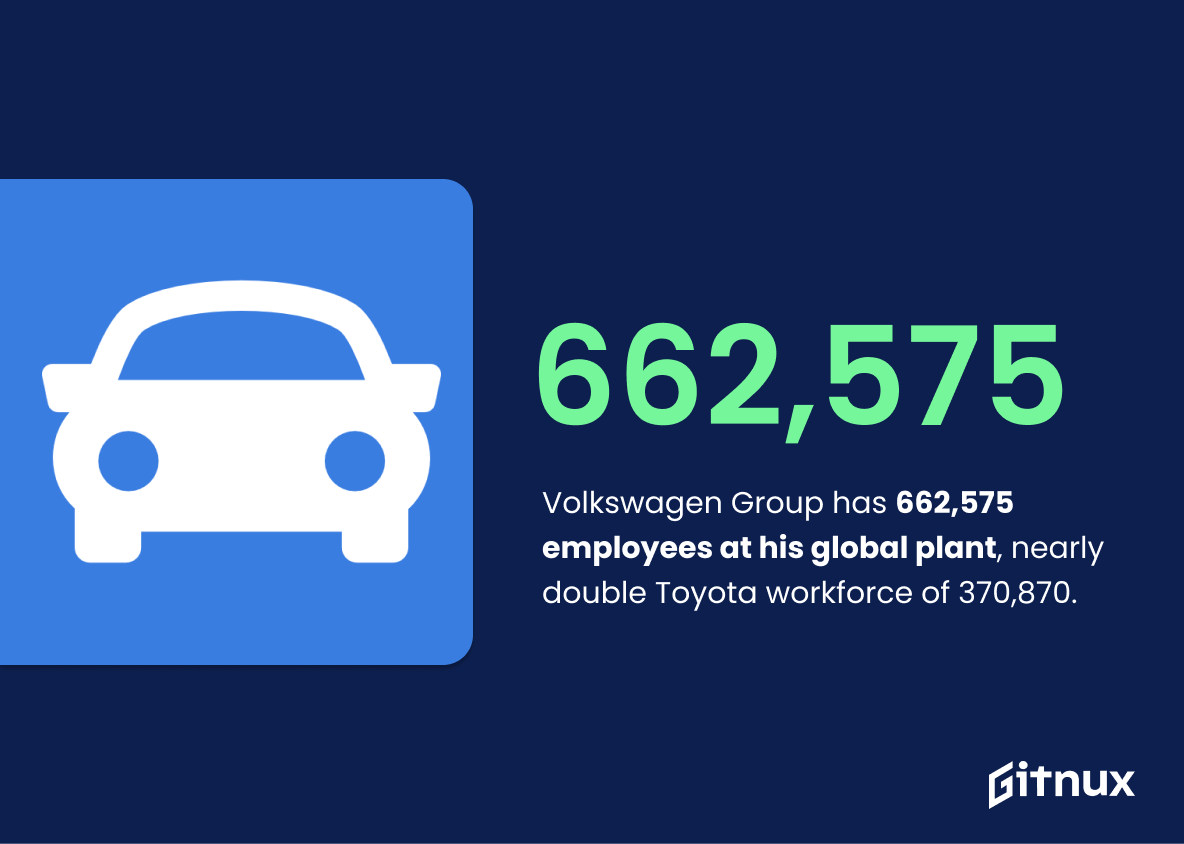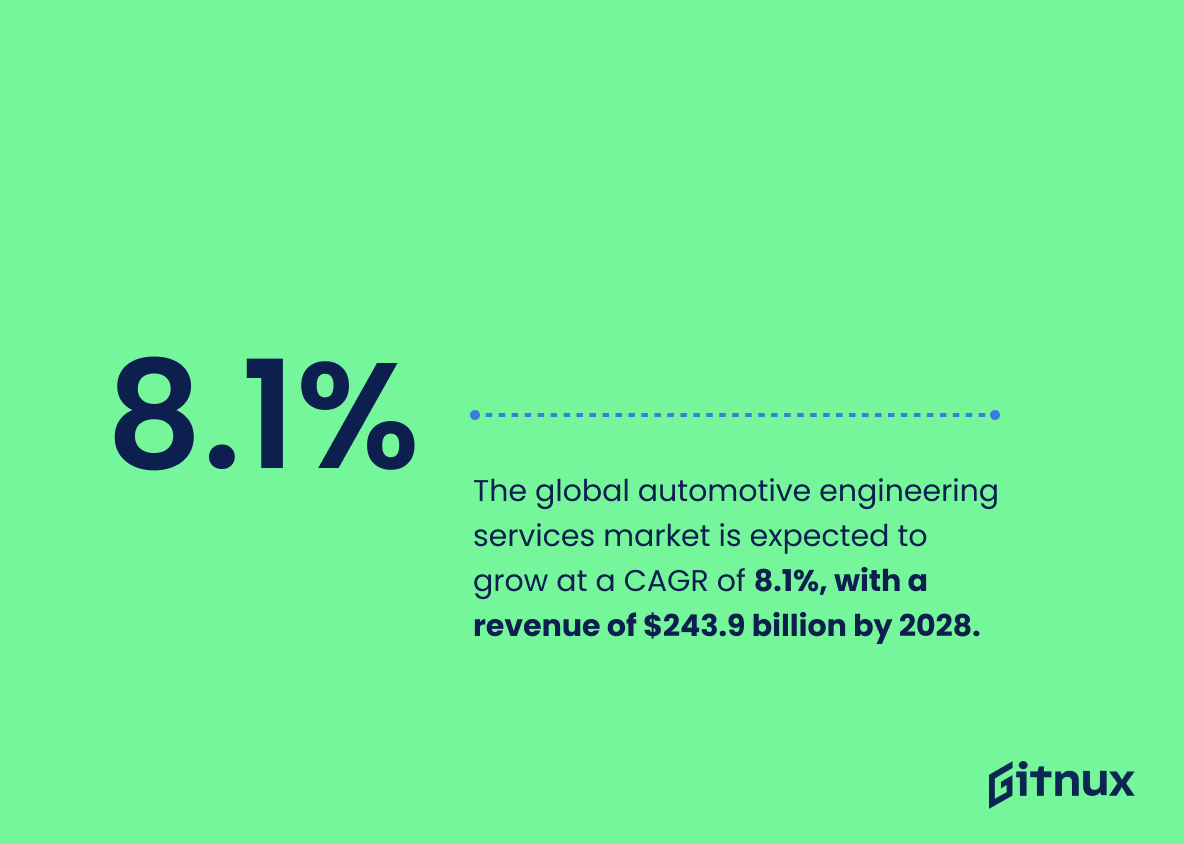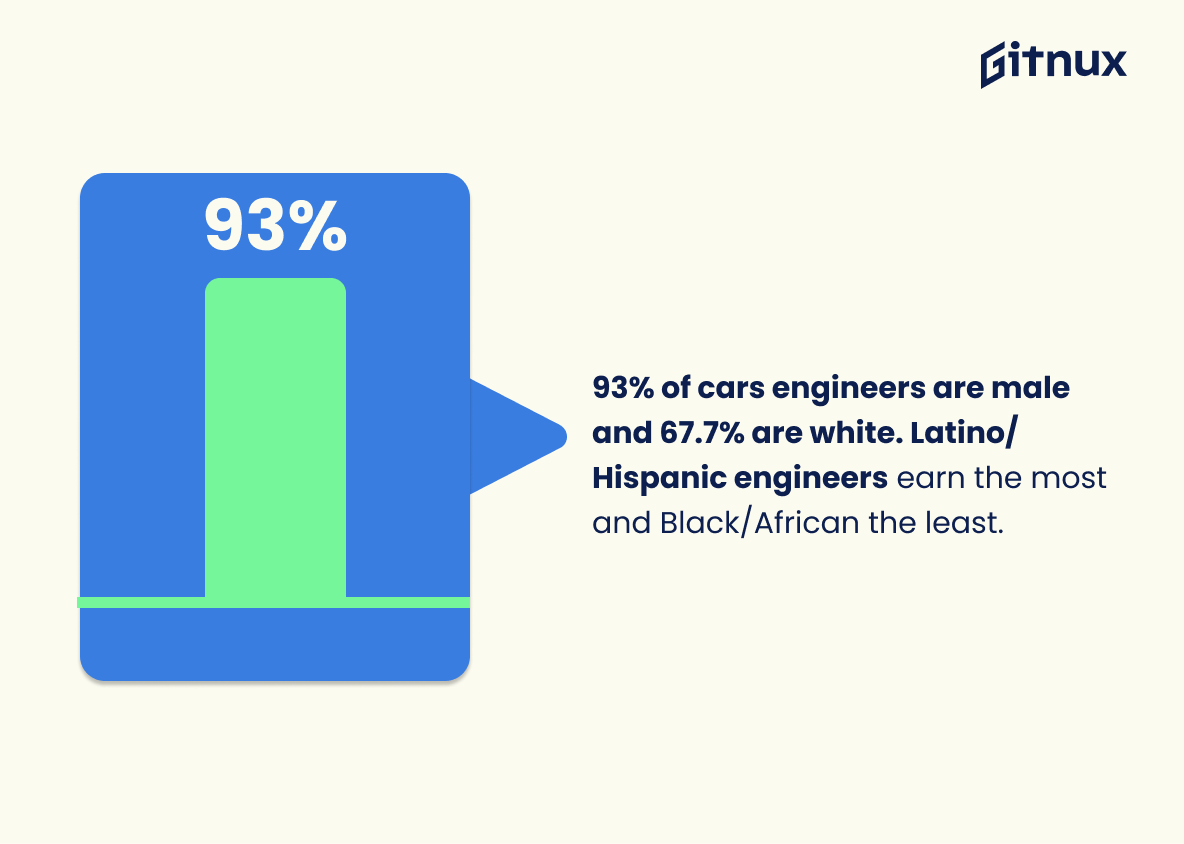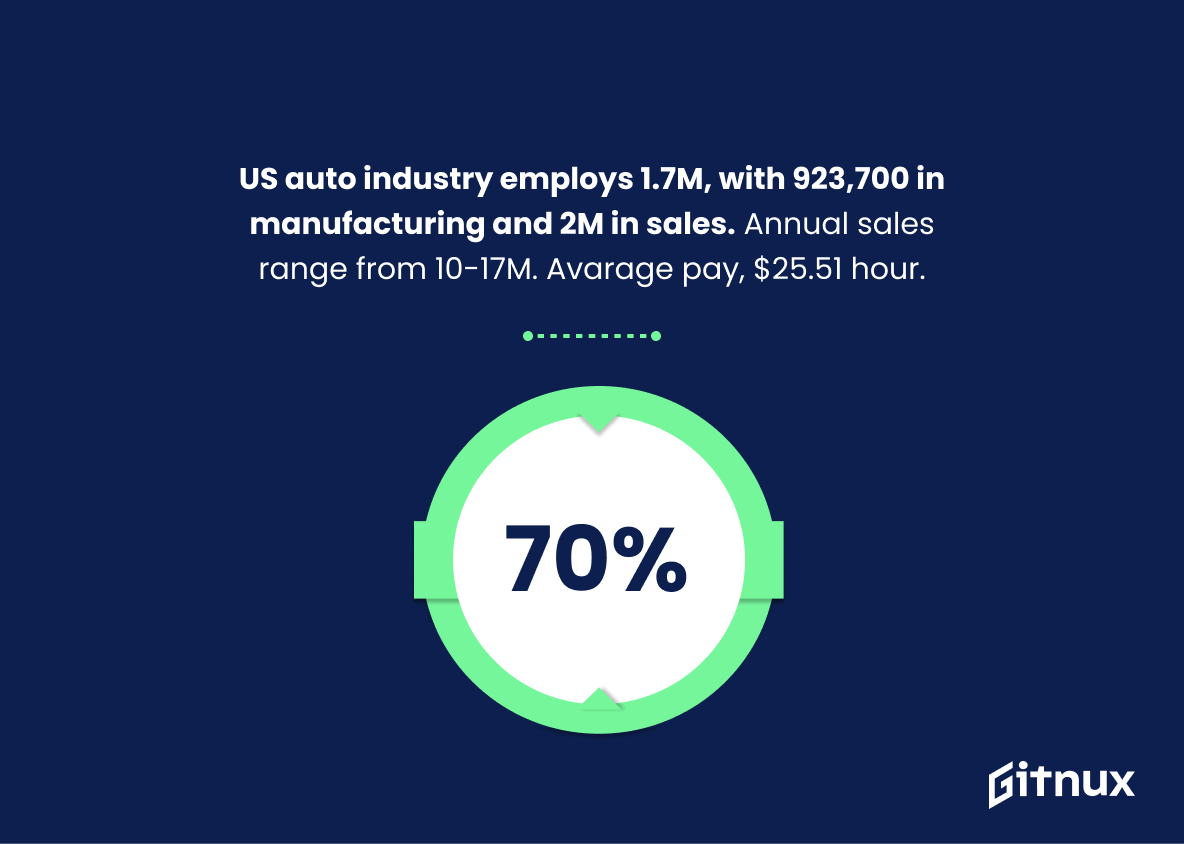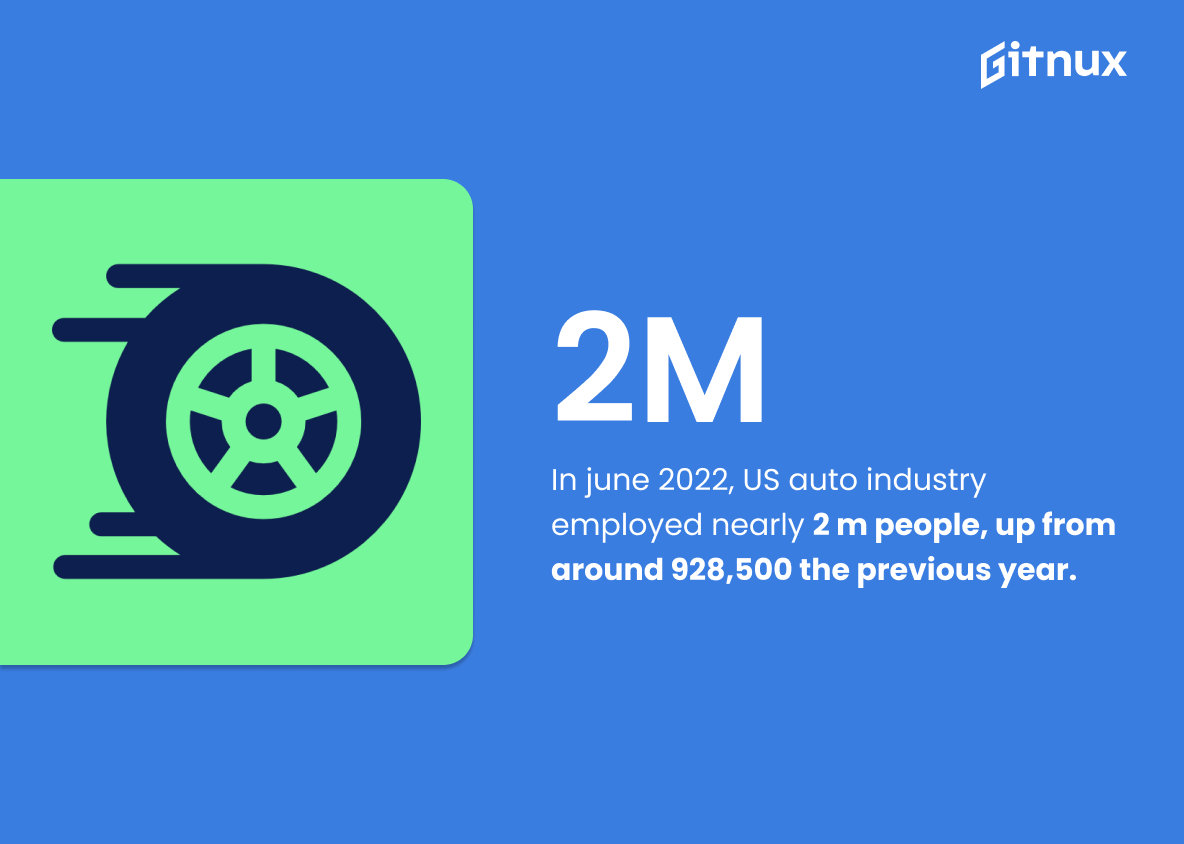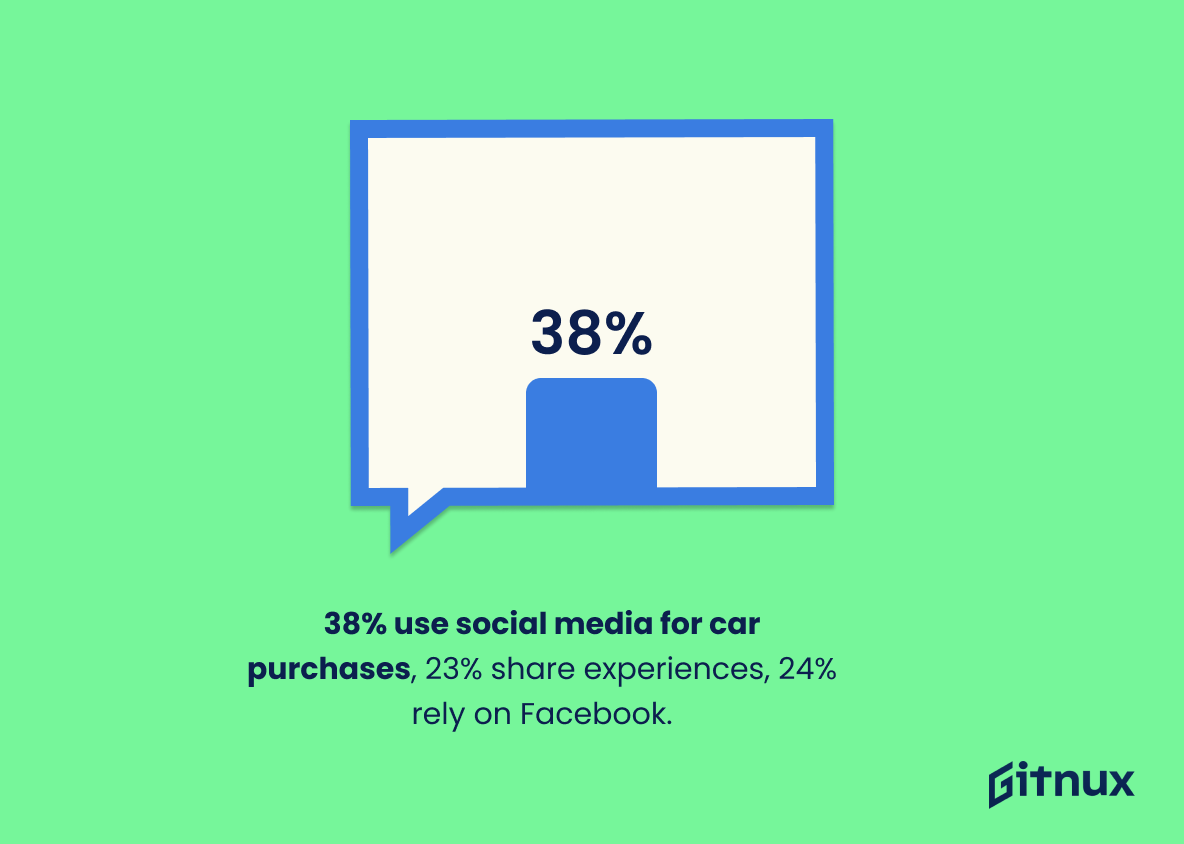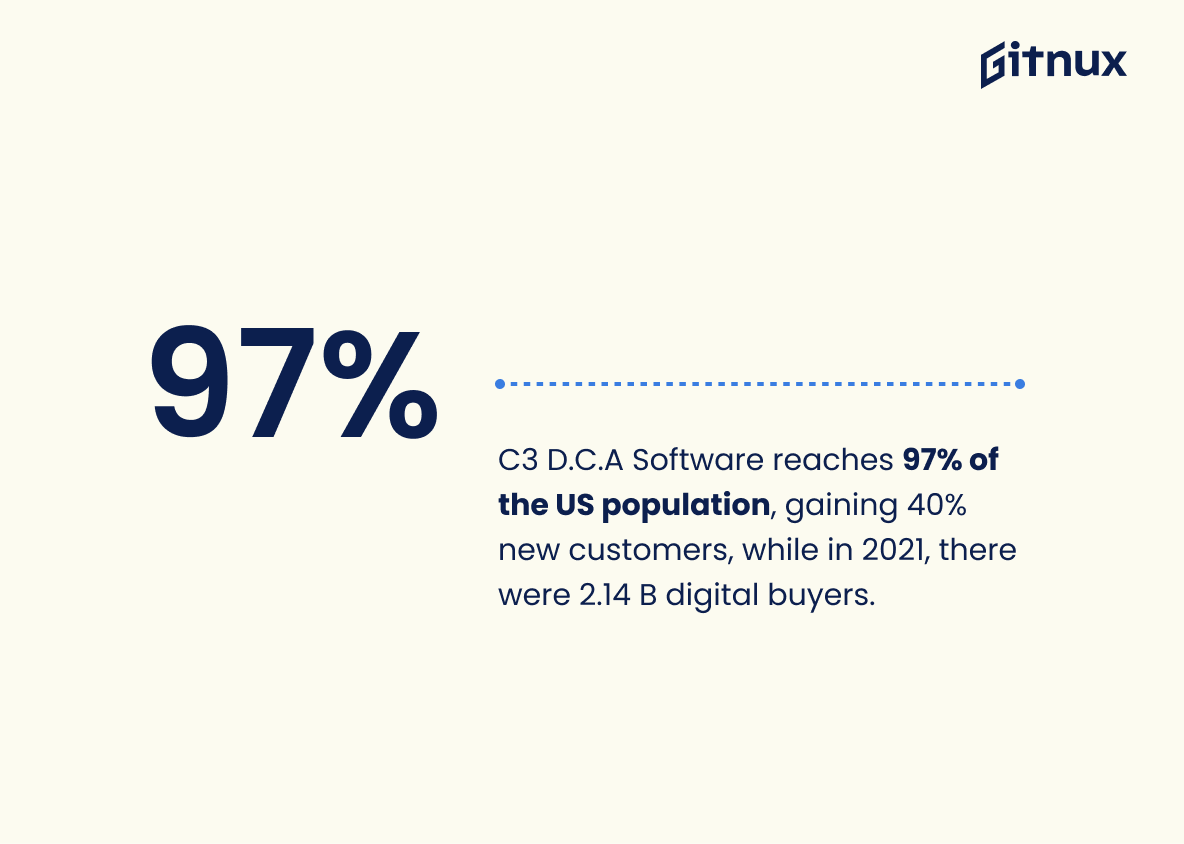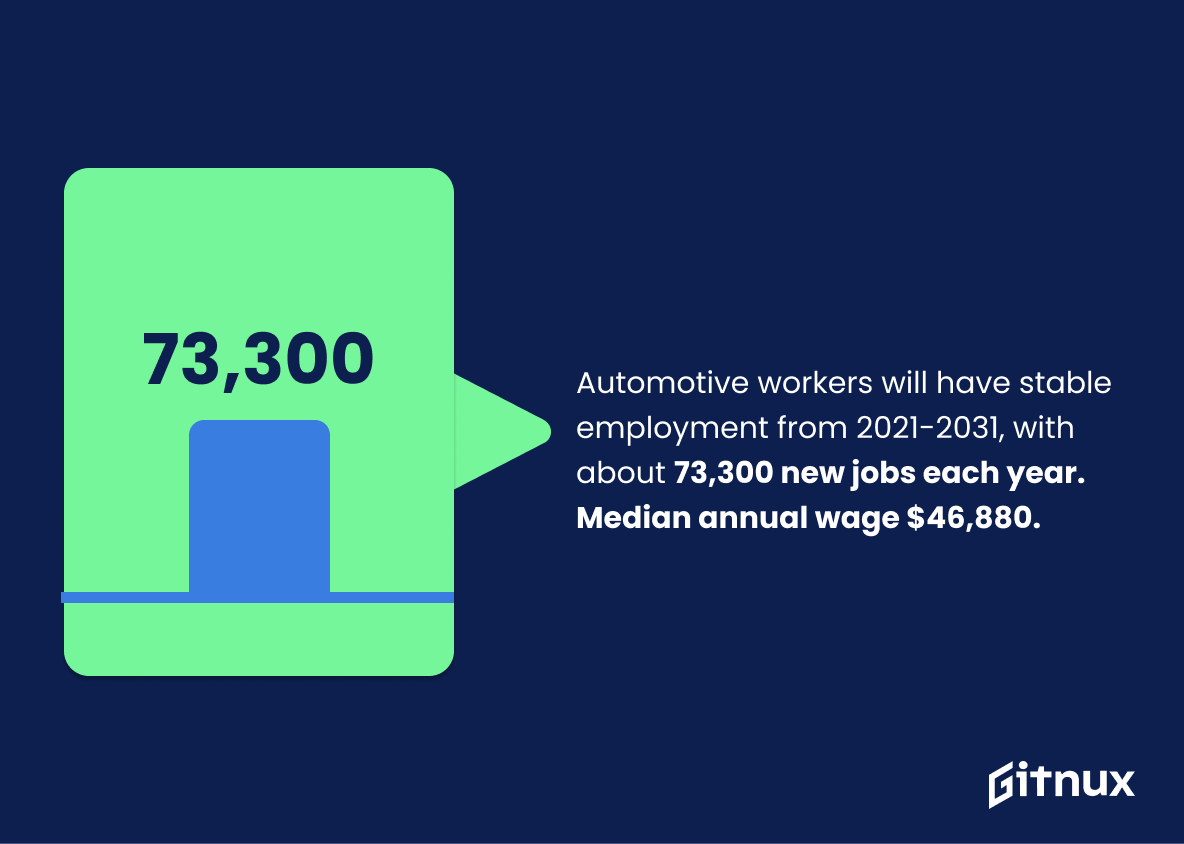The auto industry is a major contributor to the global economy, providing jobs to millions of people around the world. With the rise of new technologies and the changing landscape of the industry, it’s important to stay up to date on the latest auto industry jobs statistics.
In this article, we’ll take a look at the latest auto industry jobs statistics and explore what they mean for the industry. We’ll also discuss the impact of new technologies and trends on the auto industry job market. Finally, we’ll look at the future of auto industry jobs and what the industry can do to ensure a bright future.
Auto Industry Jobs: Important Statistics
Motor vehicle and parts dealers in the US employed just under 2 million people in June 2022, up from around 928,500 the previous year, despite the effects of the coronavirus outbreak on the industry, resulting in lost vehicle sales of up to about three million units.
Automotive service technicians and mechanics are projected to have little to no change in employment from 2021 to 2031, with an average of 73,300 job openings projected annually and a median annual wage of $46,880.
Auto Industry Jobs: Statistics Overview
Volkswagen Group has the most employees in the auto industry, with 662,575 people working at their plants worldwide, almost double that of Toyota Motor Corporation, which employs 370,870 people.
This shows the differences in the number of employees between the two leading car manufacturers, Toyota and Volkswagen.
It also shows the importance of Volkswagen in the auto industry, as it has the most employees despite manufacturing slightly fewer cars than Toyota in 2020. This statistic highlights the need for more employment opportunities in the auto industry, as well as the importance of Volkswagen in the industry.
The Volkswagen Group is the biggest employer in the automotive industry, followed by Toyota, BYD, and Stellantis.
This provides insight into the size of the workforce of the largest automotive companies, and how they compare to each other.
This information can be used to inform decisions about the industry, such as where to invest resources and how to allocate resources. It can also be used to understand the size of the workforce in the industry and the potential for job growth.
The global automotive engineering services market is expected to grow at a CAGR of 8.1%, with a revenue of $243.9 billion by 2028.
The market for automotive engineering services is growing rapidly and is expected to reach a high revenue by 2028. This indicates that there will be a greater demand for automotive engineers in the future, which could lead to more job opportunities in the auto industry.
The majority of automotive engineers are men, with women comprising only 7% of the industry, while the most common ethnicity is white with 67.7% of automotive engineers identifying as such, and on average Hispanic/Latino automotive engineers earn the highest salaries while Black/African American automotive engineers earn the lowest.
This highlights the gender and racial disparities in the automotive engineering industry, which can lead to unequal pay and opportunities for certain groups of people.
The automobile industry in the US employs over 1.7 million people, with 923,700 in motor vehicles and parts manufacturing jobs and around 2 million in auto sales jobs, and has sold between 10 million and 17 million cars annually since 1976, with an average hourly pay of $25.51.
This provides an overview of the size of the industry and the number of jobs it provides, as well as the wages that employees can expect to earn.
It also provides insight into the industry’s performance over time, which can be used to inform future decisions about the industry.
Motor vehicle and parts dealers in the US employed just under 2 million people in June 2022, up from around 928,500 the previous year, despite the effects of the coronavirus outbreak on the industry, resulting in lost vehicle sales of up to about three million units.
The auto industry is resilient and able to recover from the economic impact of the pandemic.
38% of consumers consult social media for their next car purchase, 23% use social media to communicate their purchase experience, and 24% use Facebook as a resource for making their vehicle purchase, with 40% of new car purchases expected to be made by millennials in the next 10 years.
Social media is a major factor in the car purchasing process, and that millennials are expected to make up a significant portion of car purchases in the coming years.
This information can be used to inform marketing and sales strategies, and to help guide the hiring and training of new employees in the auto industry.
C3 Dealer’s Consumer Assimilation Software has access to 97% of the US population and engages with 40% net new customers, while there were approximately 2.14 billion digital buyers as of 2021, equating to one out of every four people.
The auto industry is adapting to the digital age. With C3 Dealer’s Consumer Assimilation Software, auto industry jobs have access to a large portion of the population and can engage with a significant number of new customers.
This is important because it shows that the auto industry is able to keep up with the changing times and is able to provide jobs to those who are interested in the industry.
Automotive service technicians and mechanics are projected to have little to no change in employment from 2021 to 2031, with an average of 73,300 job openings projected annually and a median annual wage of $46,880.
This provides an indication of the stability of the industry and the potential for job growth. It also provides an indication of the wages that automotive service technicians and mechanics can expect to earn.
This information can be used by job seekers to make informed decisions about their career paths.
There are over 92,598 automotive technicians employed in the US, with the majority being men (95.8%) and the most common ethnicity being White (60.8%).
This information can be used to inform hiring decisions, as well as to identify areas of improvement in terms of diversity and inclusion.
Conclusion
In conclusion, the auto industry is a major employer in the United States, and the statistics show that the industry is growing and providing more jobs. The industry is expected to continue to grow in the future, and the job outlook is positive.
As the industry continues to grow, more jobs will be available for those looking to enter the auto industry. With the right skills and training, anyone can find a job in the auto industry and make a successful career.
References
1 – https://alansfactoryoutlet.com/major-car-manufacturers-ranked-by-number-of-employees/
2 – https://companiesmarketcap.com/automakers/largest-automakers-by-number-of-employees/
3 – https://www.marketsandmarkets.com/Market-Reports/automotive-engineering-service-market-151284922.html#:~:text=The%20global%20automotive%20engineering%20services,8.1%25%20from%202022%20to%202028.
4 – https://www.zippia.com/automotive-engineer-jobs/demographics/
5 – https://www.zippia.com/advice/automotive-industry-statistics/#:~:text=The%20automobile%20industry%20employs%20over,jobs%20in%20the%20United%20States.
6 – https://www.statista.com/statistics/276474/automotive-industry-employees-in-the-united-states-by-sector/
7 – https://econsultancy.com/how-are-automotive-brands-using-social-for-sales/
8 – https://www.linkedin.com/pulse/5-benefits-digital-marketing-automotive-industry-/
9 – https://www.bls.gov/ooh/installation-maintenance-and-repair/automotive-service-technicians-and-mechanics.htm
10 – https://www.zippia.com/automotive-technician-jobs/demographics/
